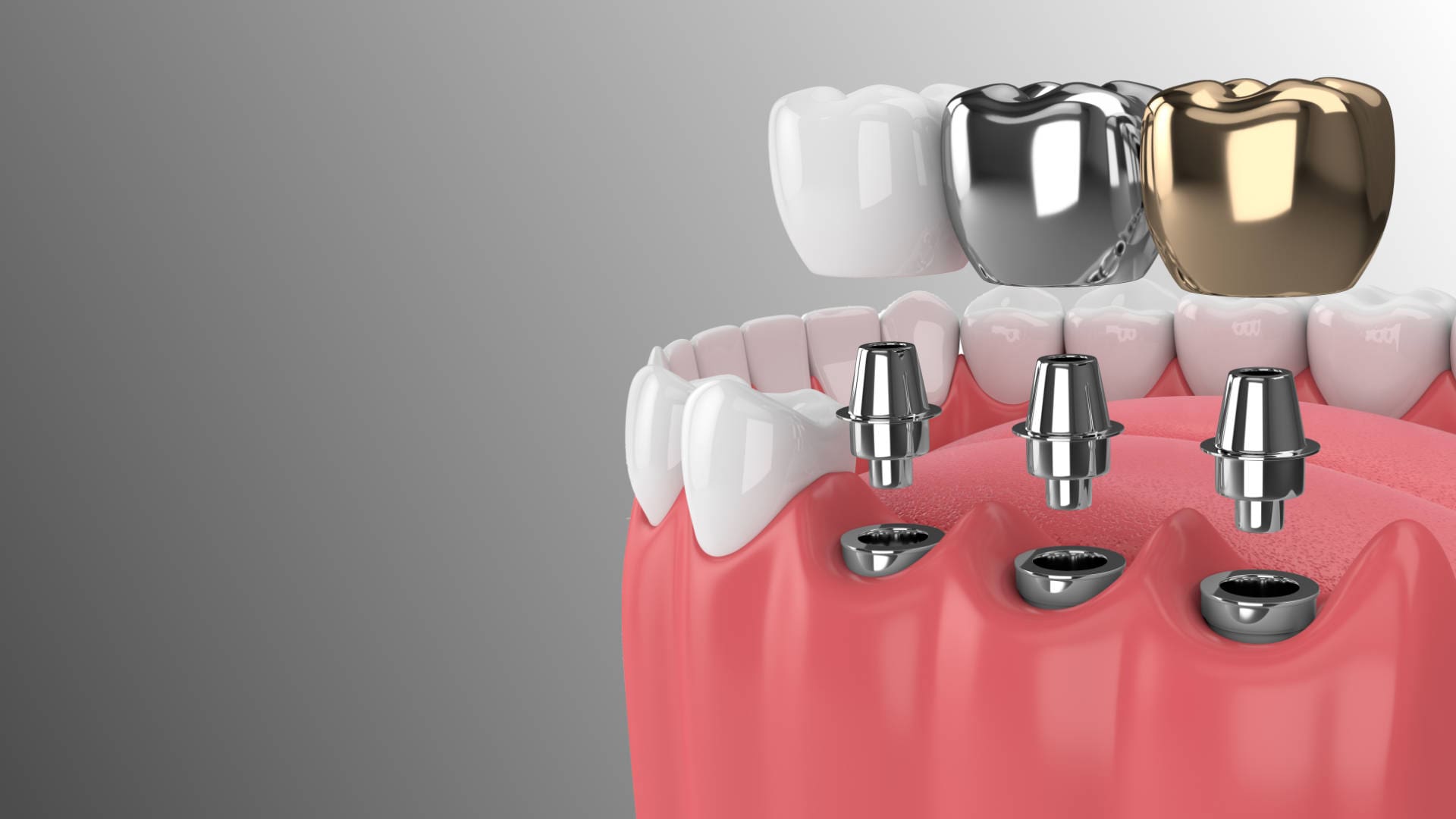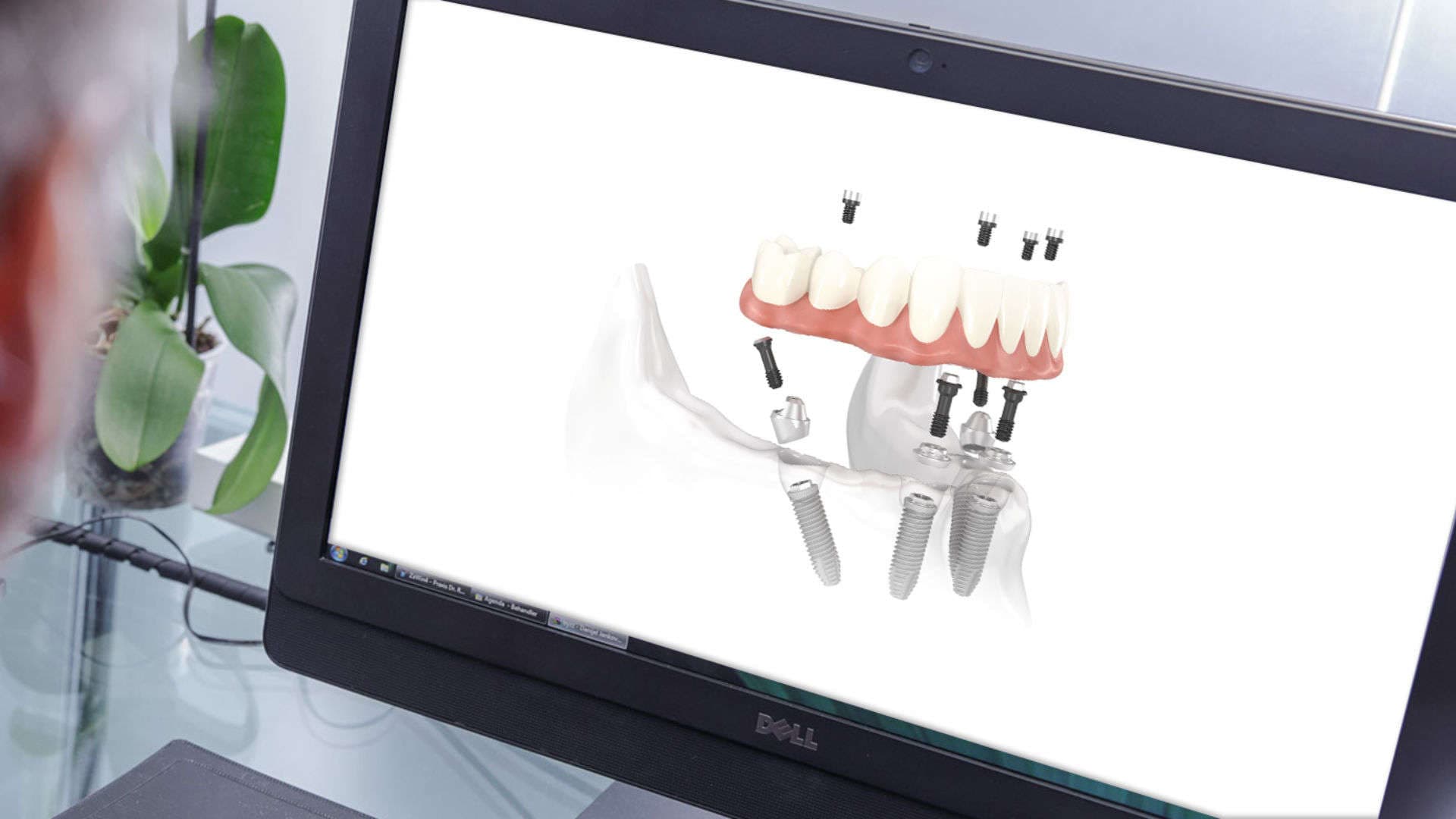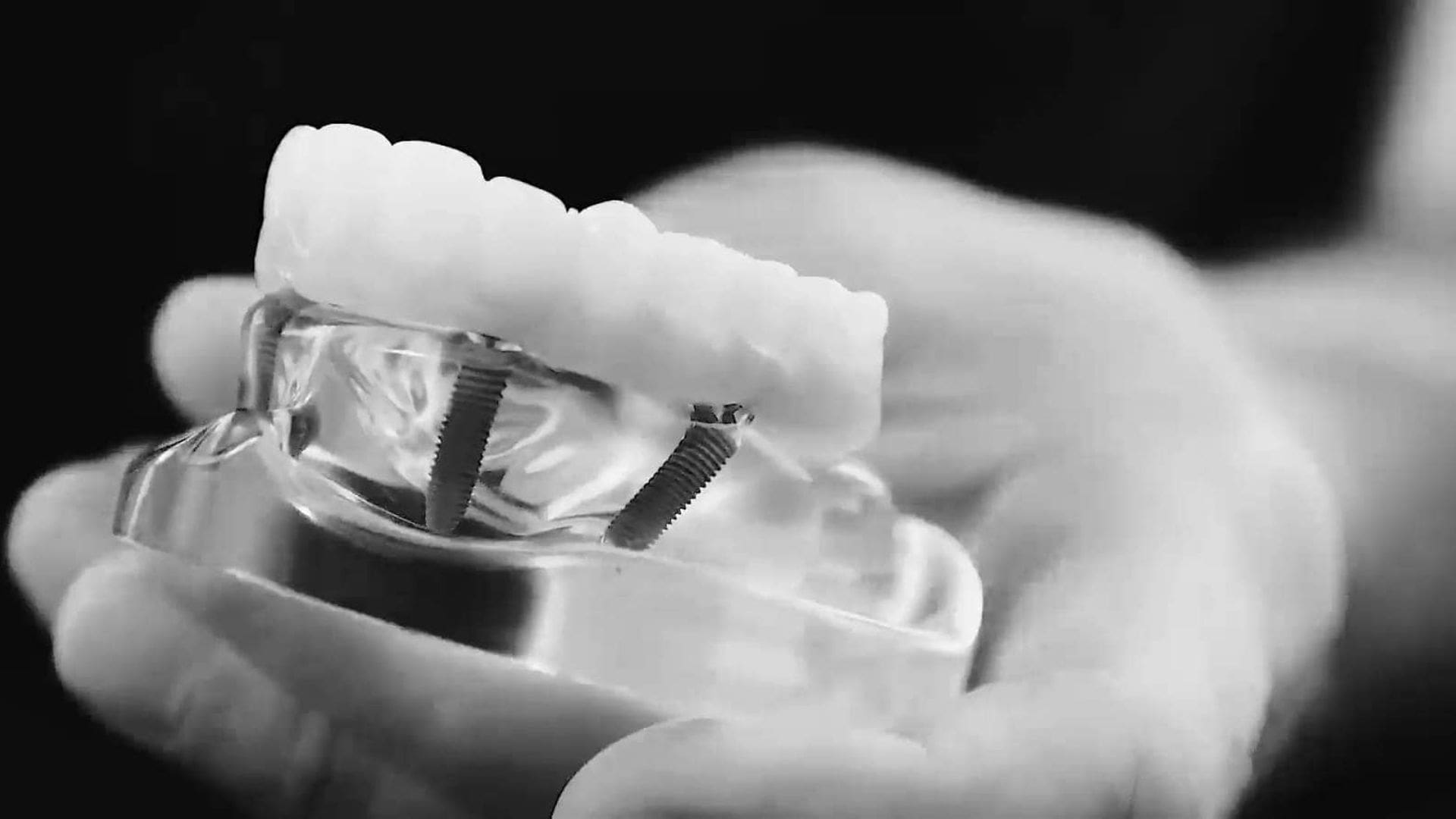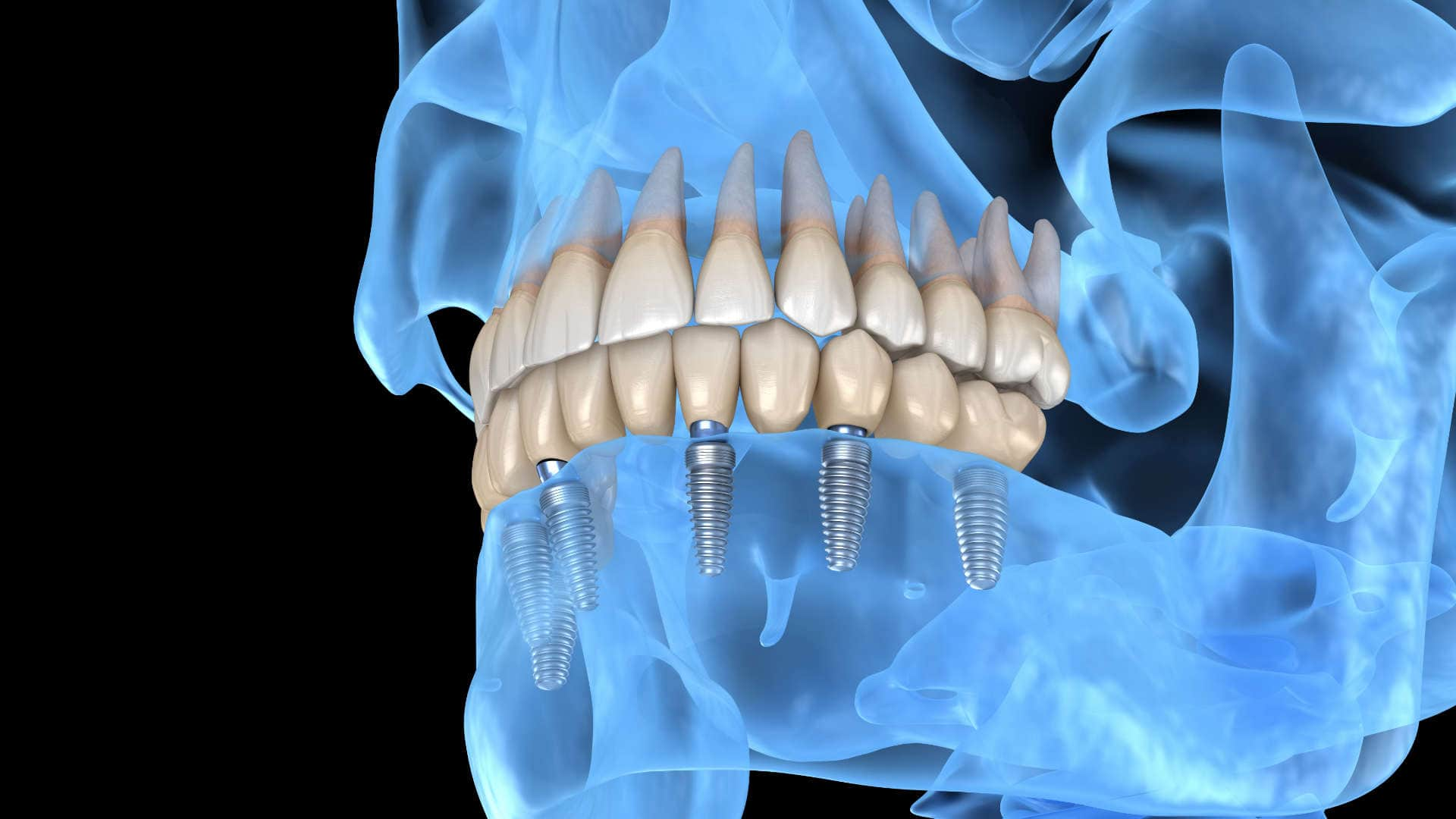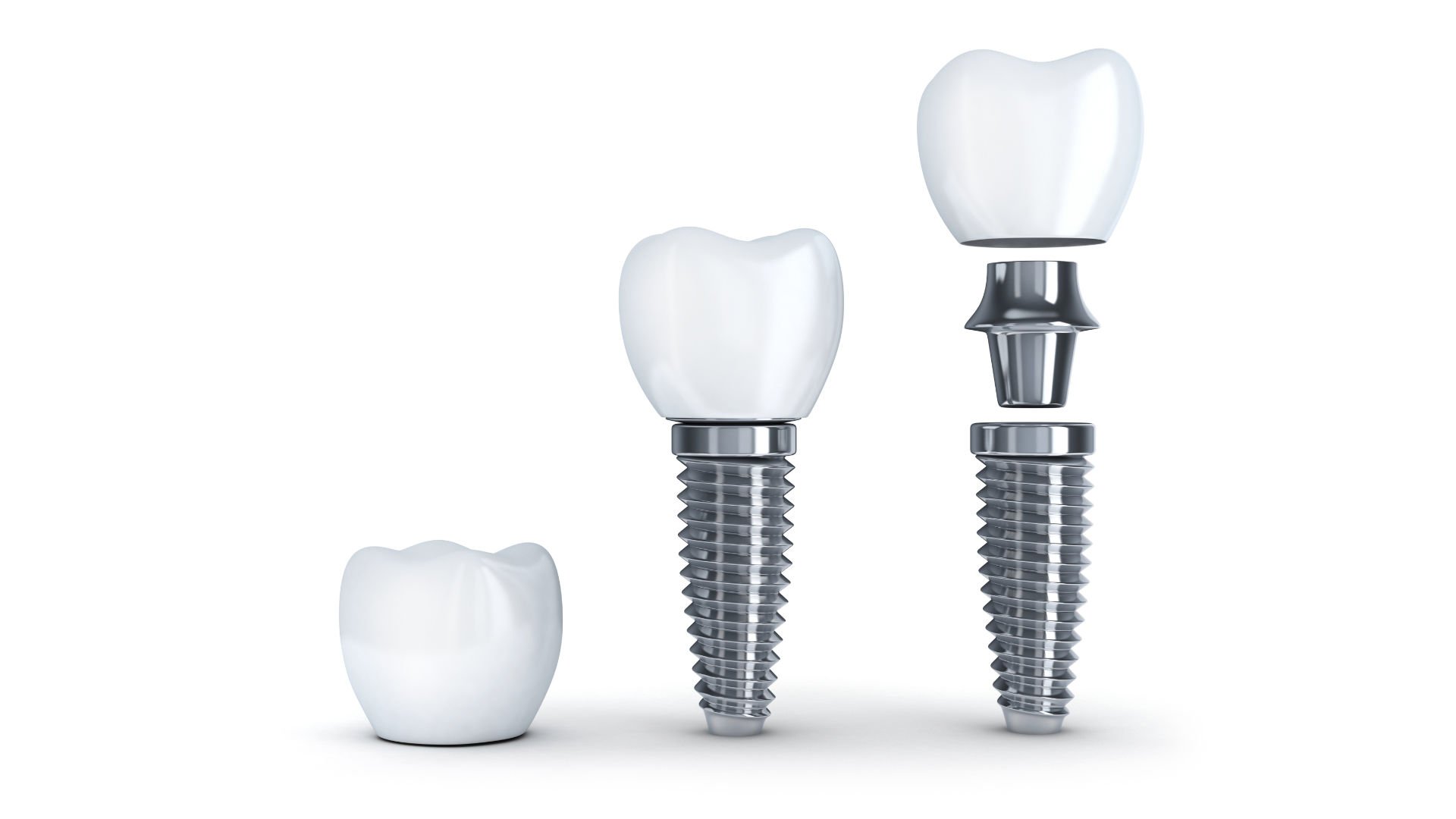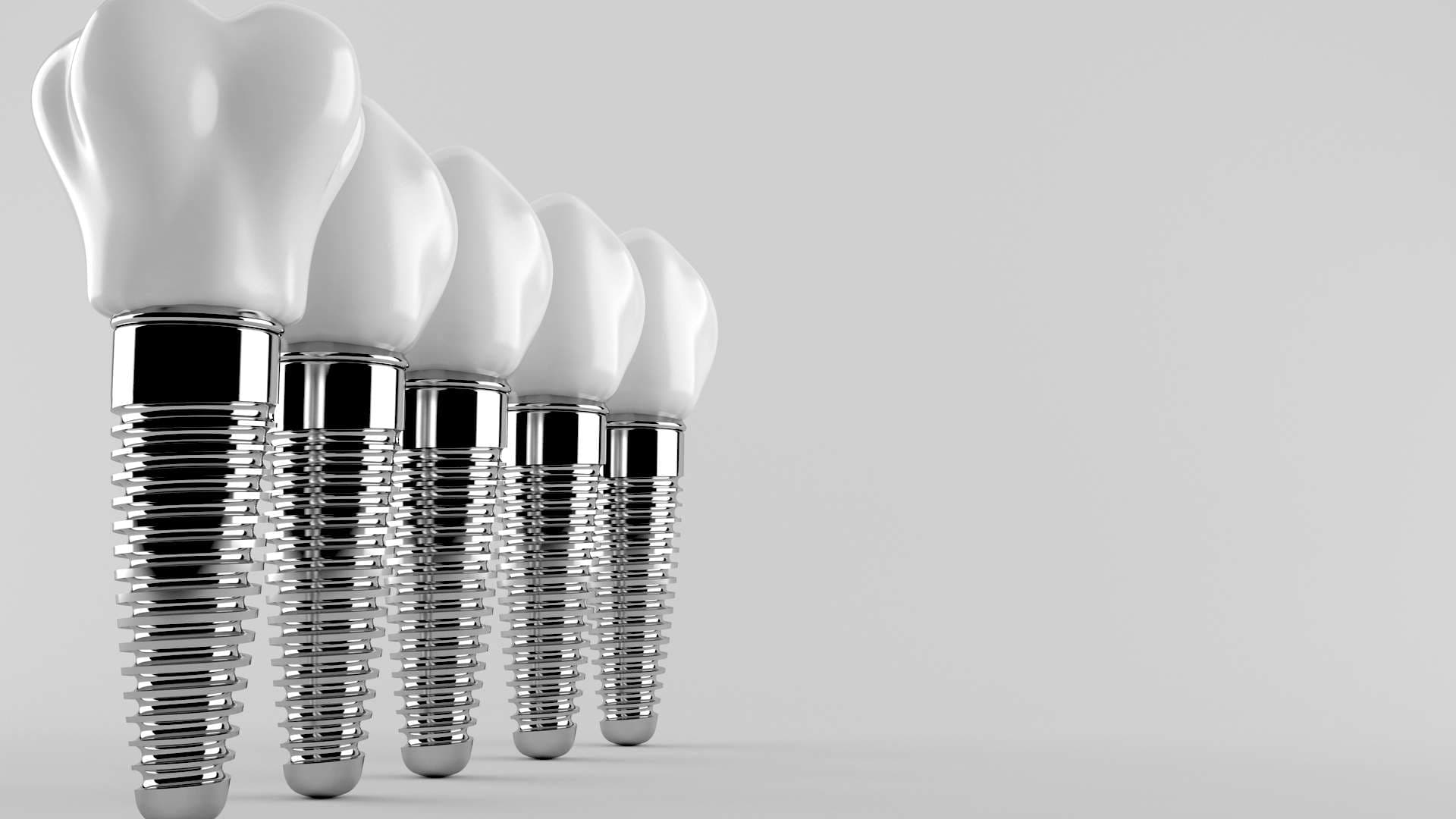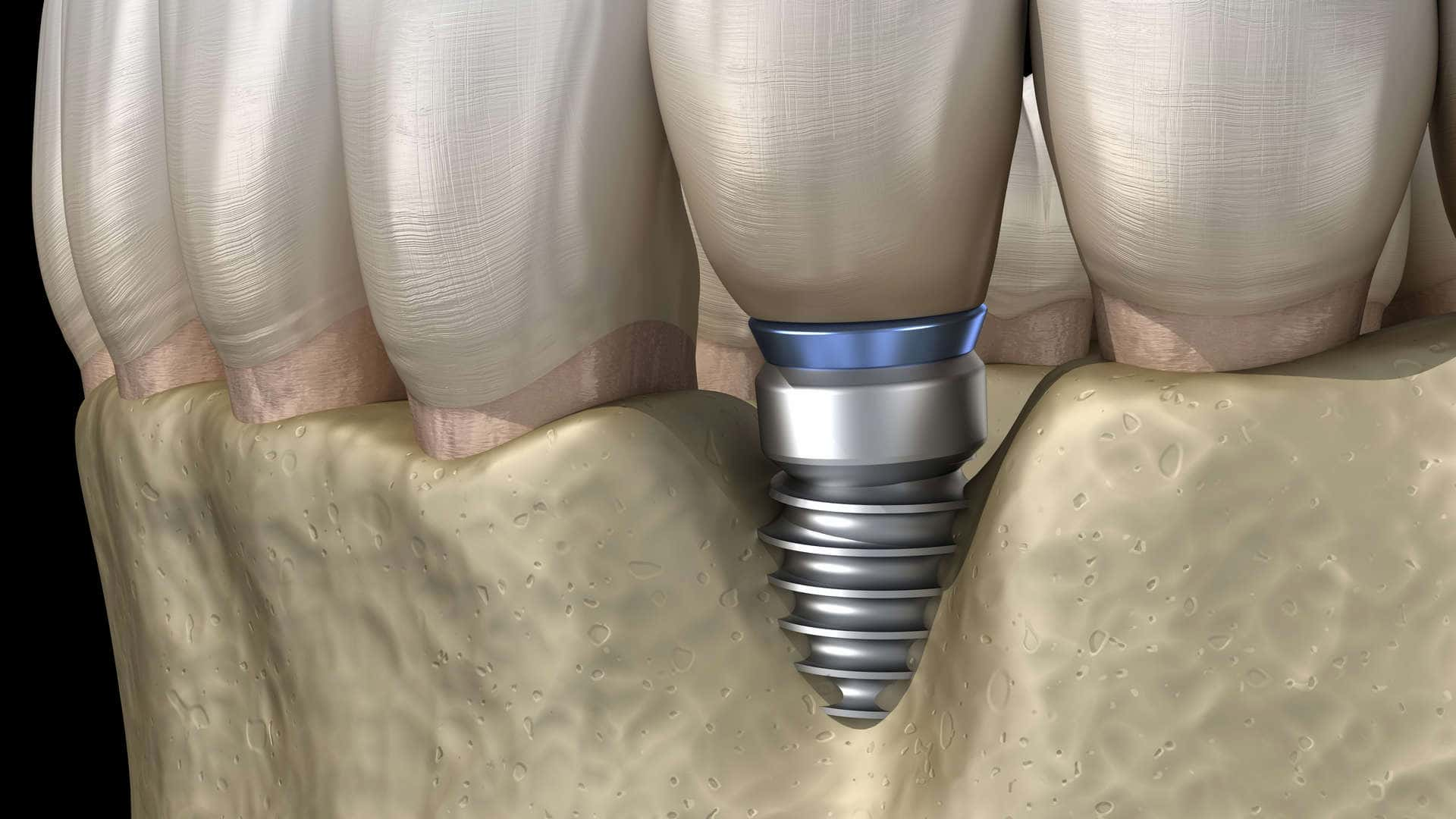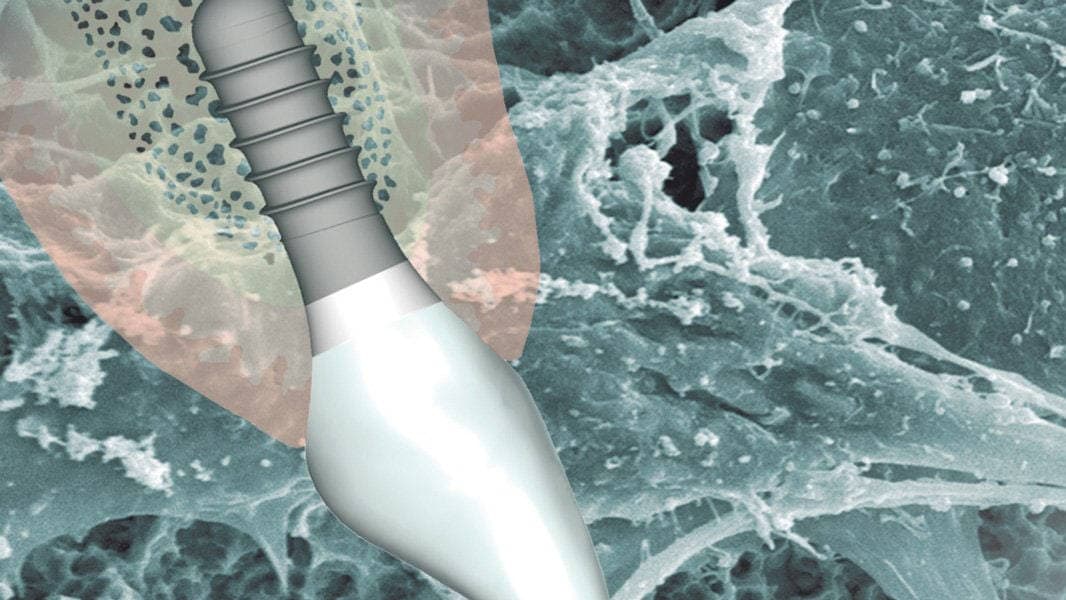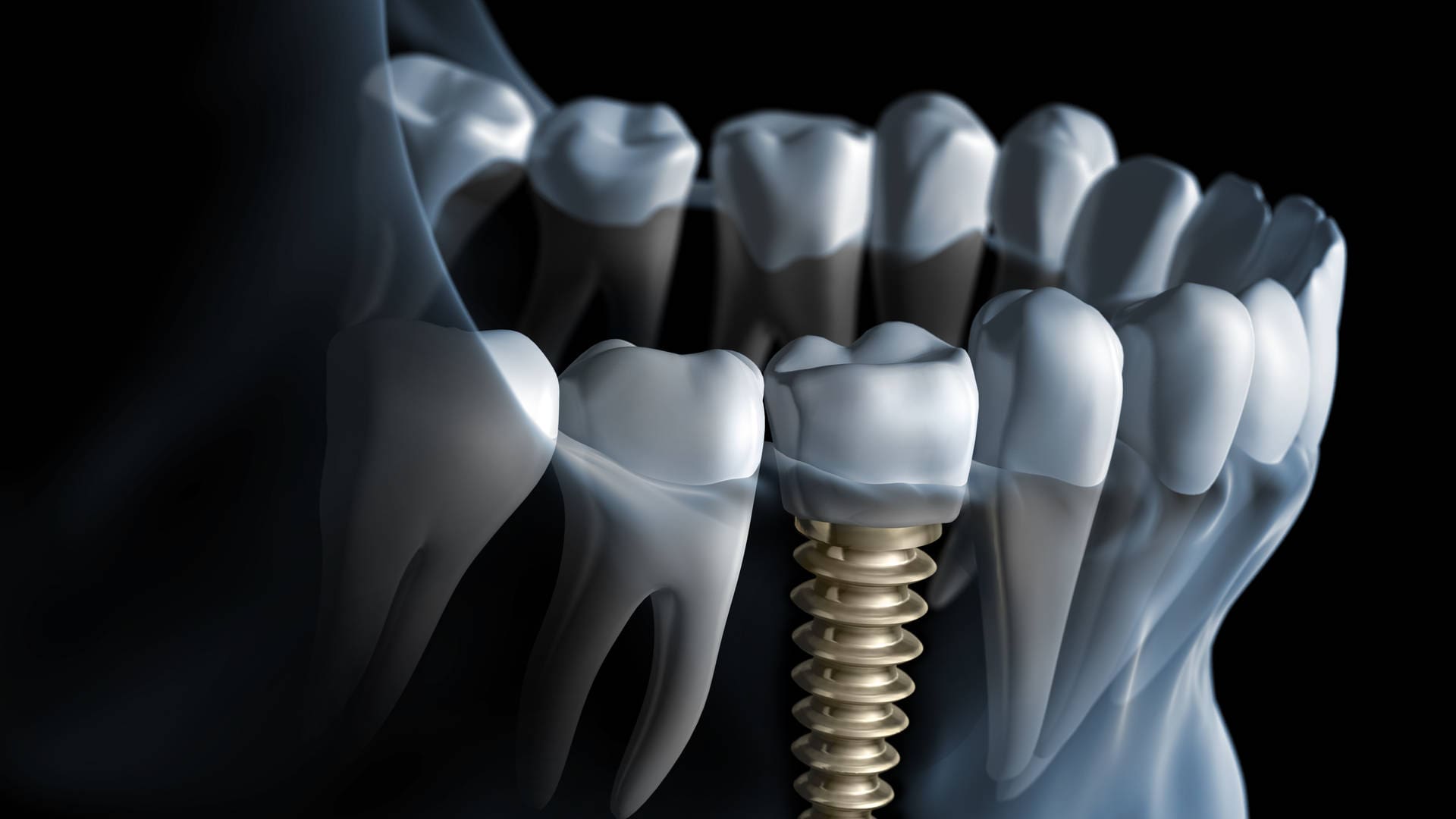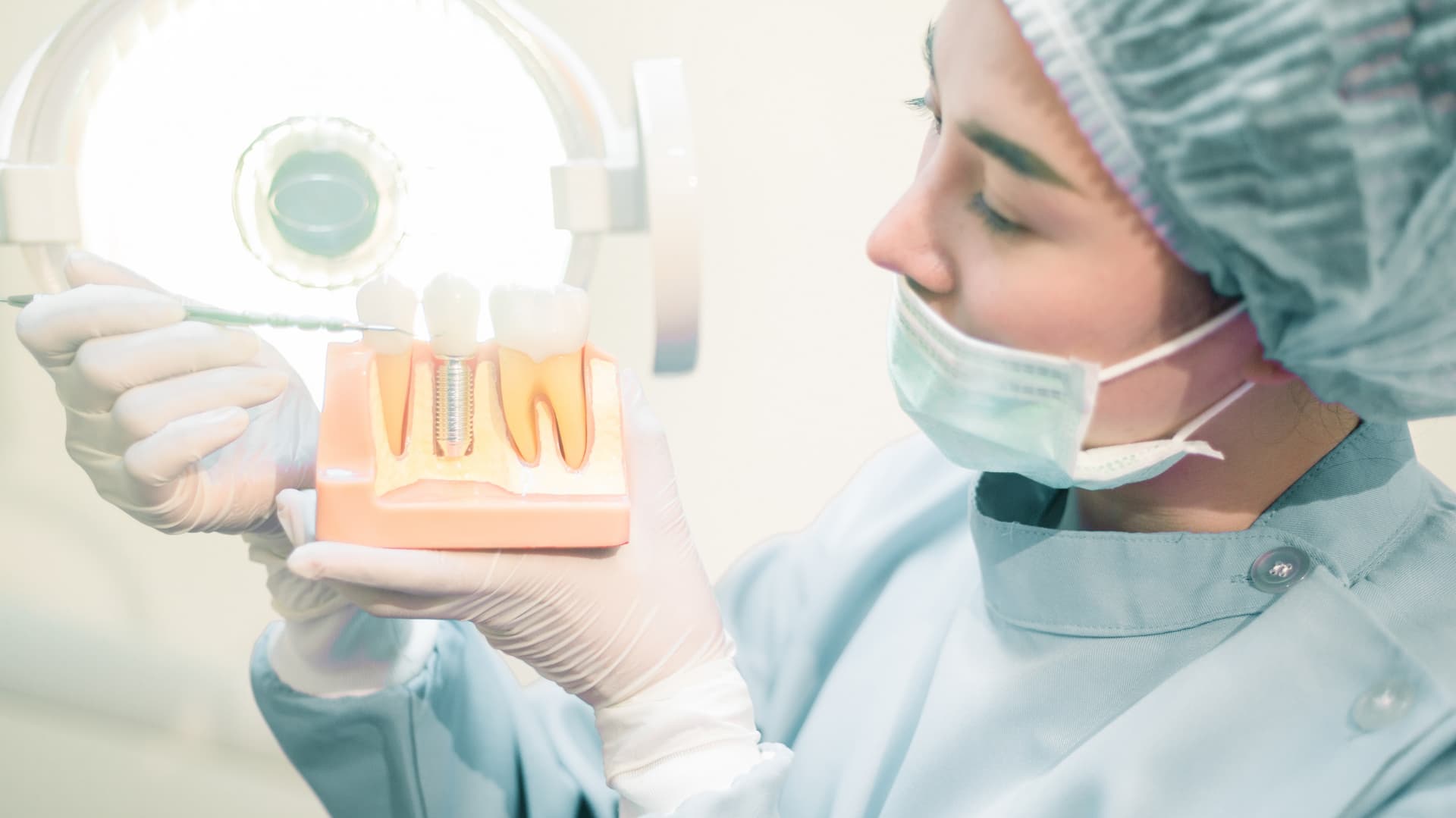Dental implants vary in the surface morphology, their shape and in the way they are connected to the prosthetic restoration.
There are 5 significant factors that differentiate the types of dental implants
Your dentist will recommend which type of implant is suitable for your case.
1. Implant material
The material of choice for the construction of implants is titanium in its pure form, or as an alloy. It has excellent compatibility with the jaw bone and the appropriate mechanical properties.
An oxide layer forms on the surface of the titanium implants, which protects the dental implants from bodily fluids. Thus, the implant can function without affecting or being affected by the surrounding tissues and at the same time due to its durability it can withstand the loads of the masticatory forces. Read our article on the most reliable brands, and learn more details about the best dental implants.
2. Implant surface
Initially, the surface of dental implants was machined. Later, a special treatment of the implant’s surface was applied in order to increase the contact surface with the bone. This treatment creates a surface roughness which greatly increases the surface area of the implant that contacts the jaw bone. There are differences between companies in the process and technology used to create the surface roughness of dental implants, which partly justifies the differences in success rates presented internationally for each system. Implant surface treatment requires specialized industrial equipment and “sterile” production conditions in order to have the cleanest possible surface that only the largest and oldest implant companies can provide.
3. Implant morphology
Two basic design approaches prevail today, the cylindrical and the root shaped implants. All modern versions have a spiral surface. Smooth surfaced implants are no longer used. The implant thread design affects osseointegration. Experienced implant surgeons use different implants for each area of the mouth. Continuous research and development of new improved designs can only be supported by large implant companies.
4. Implant size
Depending on the anatomy of the area, different options exist in implant length and diameter, that cover almost all cases. Most companies provide all types and combinations of implant surface, morphology and size.
5. Implant Connection with Prosthetic Restorations
It is especially important that the connection between the dental implant and the prostheses has increased durability and absolute accuracy. There are cases where we are called to deal with broken parts of implants or prosthetic components that have failed after functioning only a short period of time in the demanding conditions of the oral cavity . The absolutely passive – without tension – fit of the restoration directly affects long-term success. The connection between the various components of dental implants requires an accuracy of one millionth of a meter. The production of such components is an industrial production of high demands that only countries with high quality control standards can ensure. Here’s everything you need to know about dental implants.
A specialized team of oral surgeons and prosthodontists will guide you to the right choice for your case. See below why our Clinic ensures the best implant solution for you.
